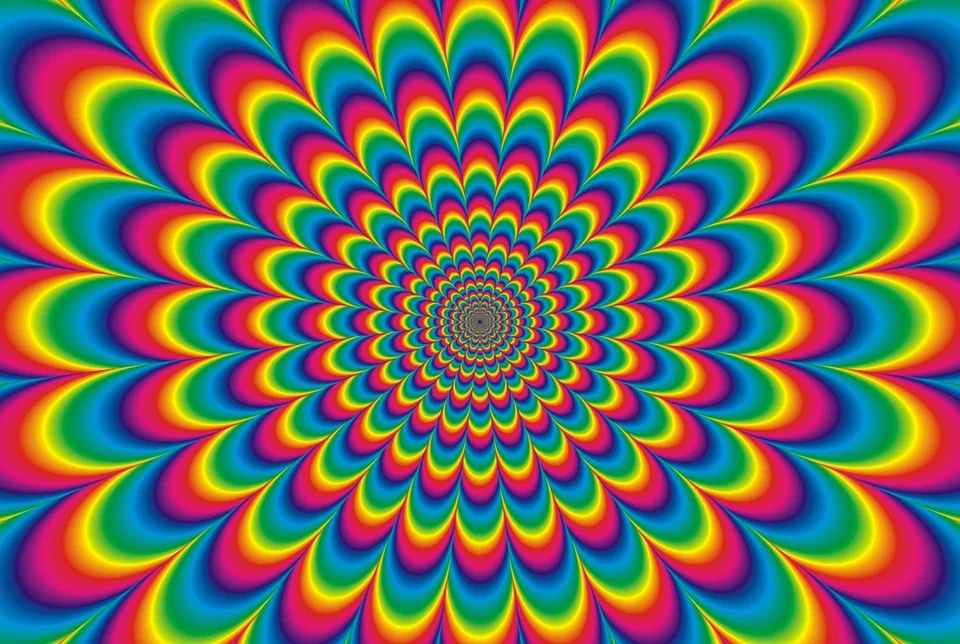Part 2 of Trove's Ad Nauseam Blog Series
Welcome back to Trove Studio’s Ad Nauseam blog series, where we chat about advertising in America and how it’s changed through the decades! Last week we tackled the 1950s in a jiffy (one last '50s slang drop before we move on) and now we move on to a pair of the grooviest, most far out decades we’ve ever seen -- the 1960s and '70s.
First stop, the decade that saw the dawn of the hippy…the 1960s. CAN YOU DIG IT?
Counter-Culture Shock-- The 1960s
After the quaint, polished, seemingly innocent calm that was the 1950s came the veritable storm that was the 1960s, a flurry of counter-cultural movements and ideals. Feminism, racism, classism, jingoism, pretty much any “-ism” that has a negative connotation finally began to be addressed and opposed. The countryside was thick with swarms of hippies, campaigning for peace, love, equality, and recreational and experimental drug use. On a more serious note, the civil rights movement was rapidly picking up momentum, with inspiring and galvanizing people like Martin Luther King and Malcolm X acting as impetus for social change. Tragedy struck the nation early in the decade with the shocking assassination of John F. Kennedy and the end of the era of peace known as “Camelot” that many believed he had brought with him to America. All of this conflict affected the country on such a seismic level culturally that, to keep up with the times, advertisers had to act accordingly. If they continued to practice the type of advertising they utilized in the '50s, they’d be kicked to the cultural curb pretty soundly. The '60s were a time of great liberal beliefs, led by a major shift in demographic focus. The legion of babies that had been born in the '40s and early '50s as a part of the baby boom were now becoming young adults, with nearly fifty percent of the population being under the age of 25 by the middle of the decade. That is insane, “Children of the Corn” kind of stuff there, folks.
So if a bulk of your demographic are socially aware teens or twentysomethings who loath modern institutions and are striving for a change from the traditional, you need to have some youth-oriented and non-traditional ads. And that’s exactly what advertisers did.
Divine Comedy
Bluntness, irony, irreverence, and humor were the now the name of the advertising game, as traditionalism was promptly thrown out the window. Some of the best ads of the decade were also the ones with the most candor, the most famous possibly being the Volkswagen campaign by Doyle Dane Bernbach, which centered entirely around calling out their own product on its flaws. A seriously bold strategy, they referred to the Volkswagen as “Ugly,” a “Lemon,” and, in perhaps the most memorable, “Think Small,” where they put a tiny Volkswagen way in the background of the ad. Somehow, this self-deprecation proved to be a serious master stroke, as customers basked in the glow of its honesty. Other companies that followed suit were Benson and Hedges 100 bashing their own gimmicky concept of an extra-long cigarette, as well as Canada Dry blatantly telling customers “Sure we could make it cheaper” and that “We always said that nothing could compare to an ice-cold bottle of Canada Dry. We were wrong.” As we all know, the Sacred Texts of Advertising say “Thou shalt not pointeth out one’s own flaws,” but the '60s well full-blast defiance on that one.
As for skewing towards a younger, more liberal demographic, you could find as many examples of that in the '60s as you could find people wearing bell bottoms. Campbell’s literally modified their famous “m’m m’m good” slogan to “m’m m’m groovy,” to stay “hip.” Pepsi especially went wild with it, coming up with campaigns like “Think young” and the “Pepsi Generation.” Coke didn’t go down easily though, in what became known as the early years of the “cola wars,” as they created their “I’d Like to Teach the World to Sing” ad, basically a “We Are the World” ad campaign about achieving peace...through Coca-Cola. A master military strategy many of our nation’s leaders failed to utilize.
But while the 1960s were a time of advertising that was both extremely effective but also fun and humorous, like the Pillsbury Doughboy, the terrifying Ronald McDonald, and Alka-Seltzer's brilliant “Mama, mia, atsa some spicy meatball,” things took a much more serious turn in the 1970s for the American economy, which we’ll dive into on next week’s blog.
PSYCHE! That’s how use '70s slang there, baby. Actually thought I was about to end the blog, didn’t you? Well “do me a solid” (there’s another one) and keep on reading!
That '70s Show
The 1970s, despite being known as a swinging era of killer music (how were Pink Floyd, The Beatles, Led Zeppelin, and The Rolling Stones all making music at the same time?), free love, and spirituality via hallucinogens, was actually a time of great political and economic turmoil. The '70s were, unfortunately, a strife-laden period in our country, with Nixon going crook with Watergate and the epic mess that was the Vietnam War proving to be the cherry on top of the conflict cake that had been baking since the early '60s. On top of that, foreign markets had begun to significantly affect American manufacturing, as the ever evolving electronics business as well as a little thing known as oil were practically dominated by other nations. America was going through a bit of its own rumble in the jungle, and it was taking it on the chin pretty hard. Once again, advertisers had to respond in kind, beginning a rumble of their own known as comparative advertising.
Why Can't We Be Friends?
Comparative advertising is...wait for it...when you compare yourself to your rival, obviously with the intended goal of making yourself look like an advertising stud. This became essential in the '70s, as the public was becoming a more selective in their purchases given the economic downturn the country was suffering. Remember the aforementioned “cola wars?” Well this is when they really kicked into gear, with another company leaping into the fray, 7UP. 7UP went full tilt comparative, assailing Coke and Pepsi by branding themselves as “Uncola.” As a wise fictional gangster once said, you come at the king, you best not miss, and, for the moment, 7UP certainly didn’t. The '70s also saw the growth of the great Burger King/ McDonald’s battle royale (with cheese). McDonald’s had introduced the Big Mac in the late '60s to combat the Burger King’s Whopper, and the burger blitzkrieg continued into the '70s. Plans to release “light” beers and “diet” sodas were set into motion to attempt to head off competition heading into the '80s, which companies believed would be met with smashing success. They would, ultimately, be proven correct, but how? How did they have any idea that a lighter beer without as much alcohol content (blasphemy!) or a soda that’s better for you but leaves some taste to be desired would be at all successful? That would be due to the evolution of a concept that advertisers can’t live without today and all high schoolers bane when writing papers for classes they despise--research. After the freewheeling advertising methods of the 1960s, advertisers decided to rein themselves (and their finances) in a bit more. With the advent of more enhanced computer technology, advertisers were able to really buckle on down and get some firm empirical evidence as to what their customers enjoyed, and would continue to enjoy in the future, into the legendary advertising era that would be the 1980s…
So that’s it for this week’s installment of Ad Nauseam, but we’ll be back to close the series out with a look at the 1980s and 1990s in a couple weeks! If you thought this blog was “cool beans” (here comes the slang rampage) then don’t be a “chump” and check out our website! Catch you on the flip side, thanks for reading!



